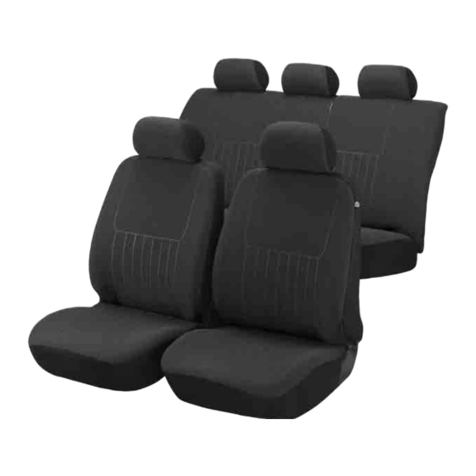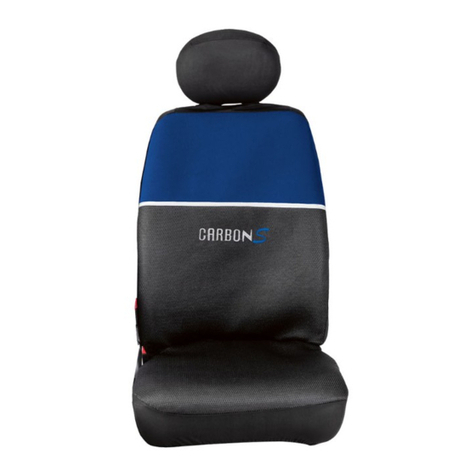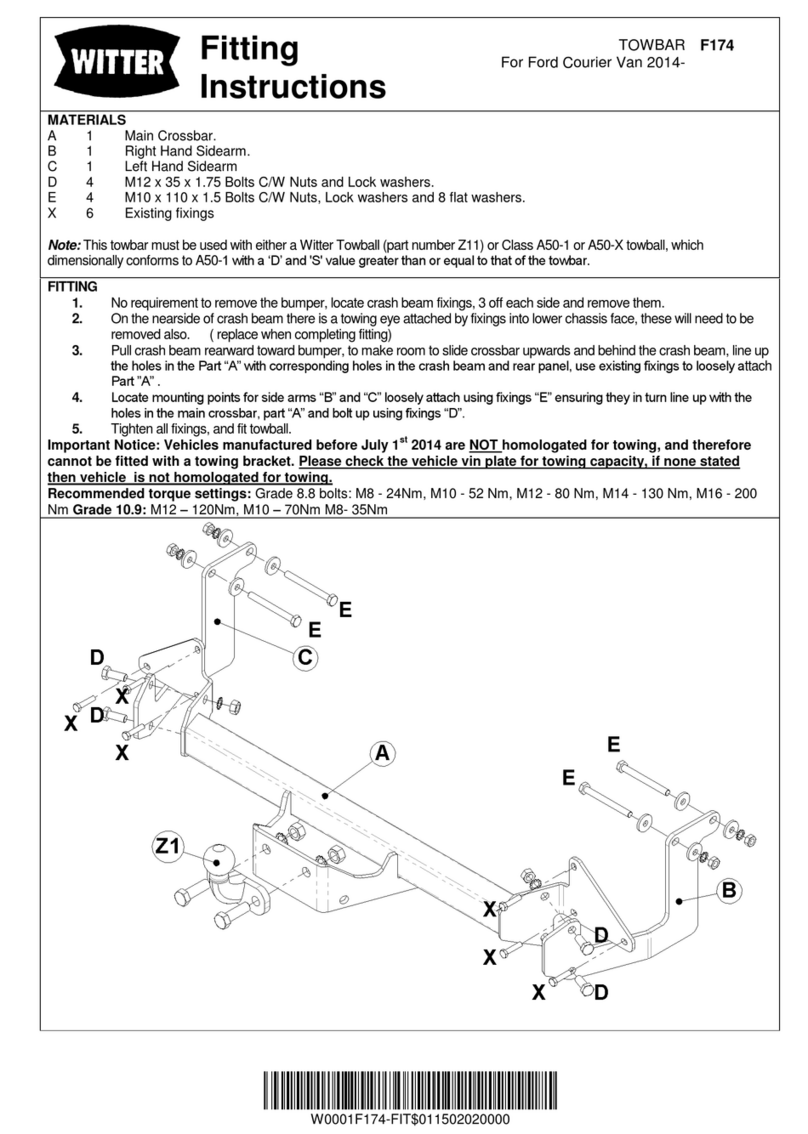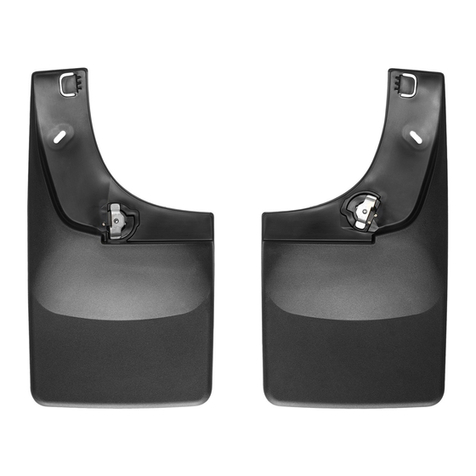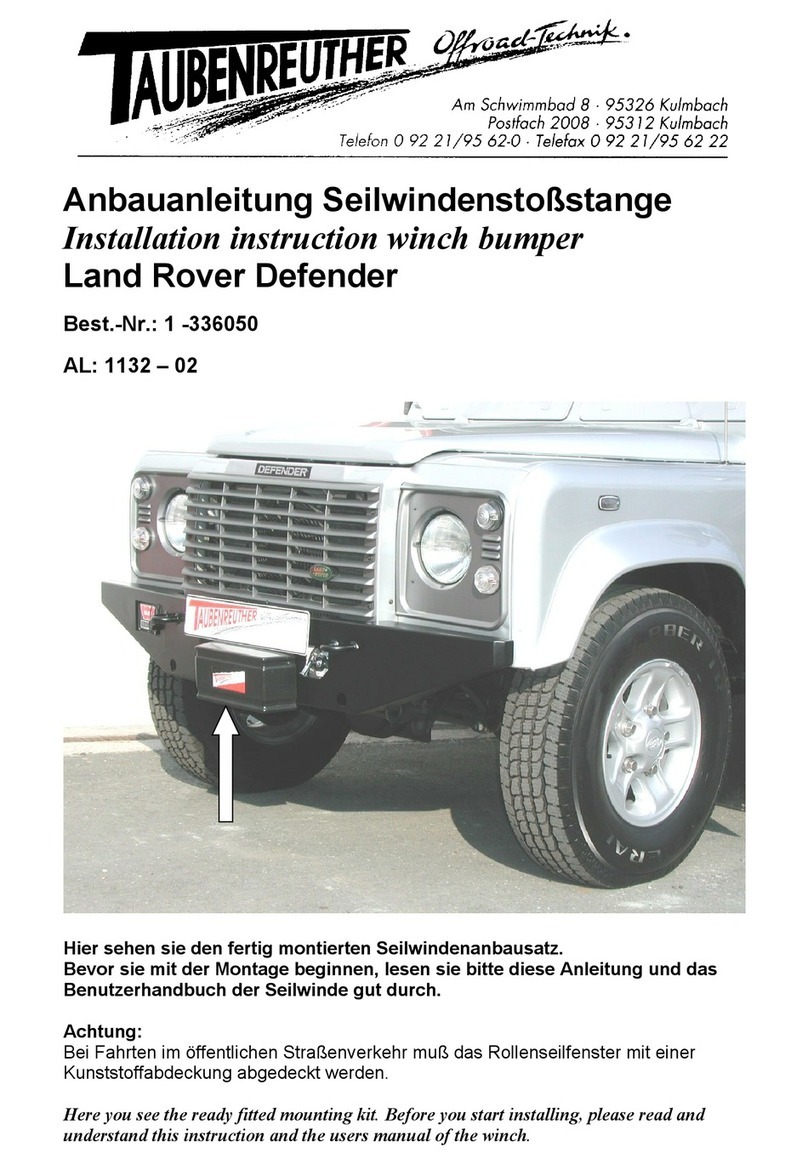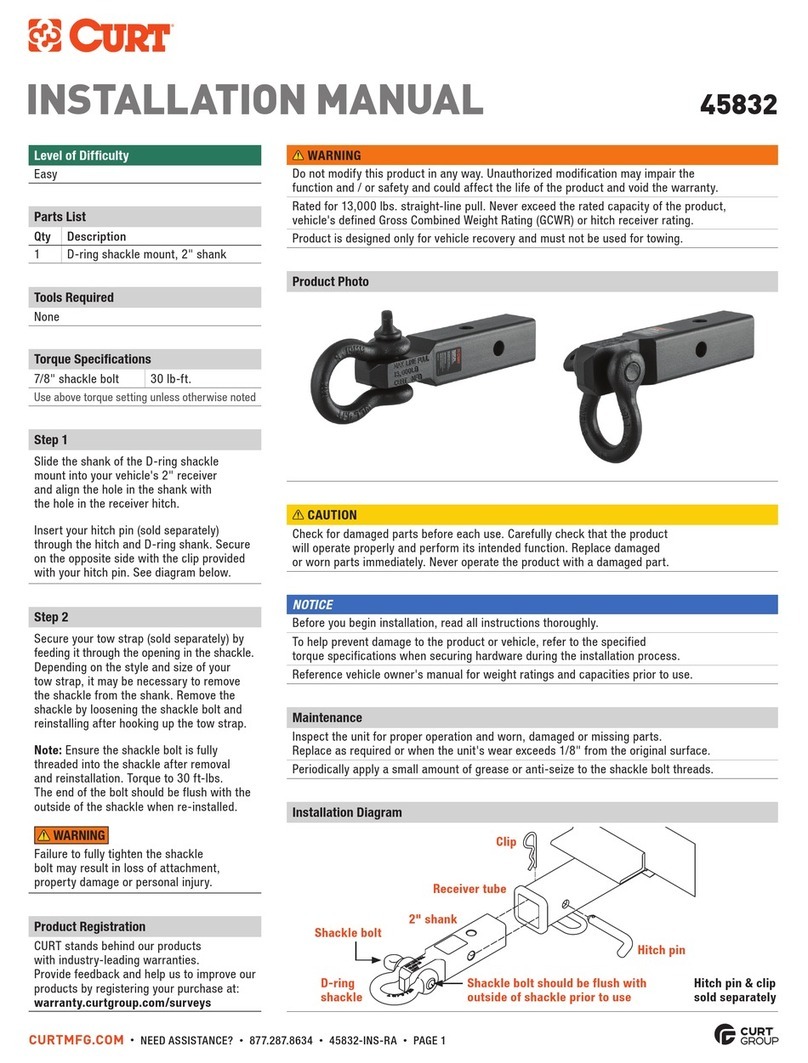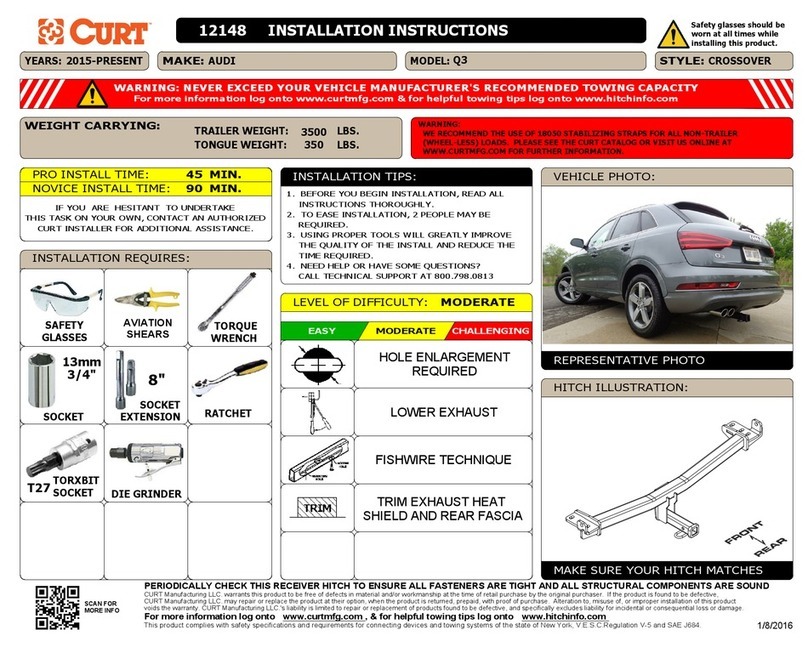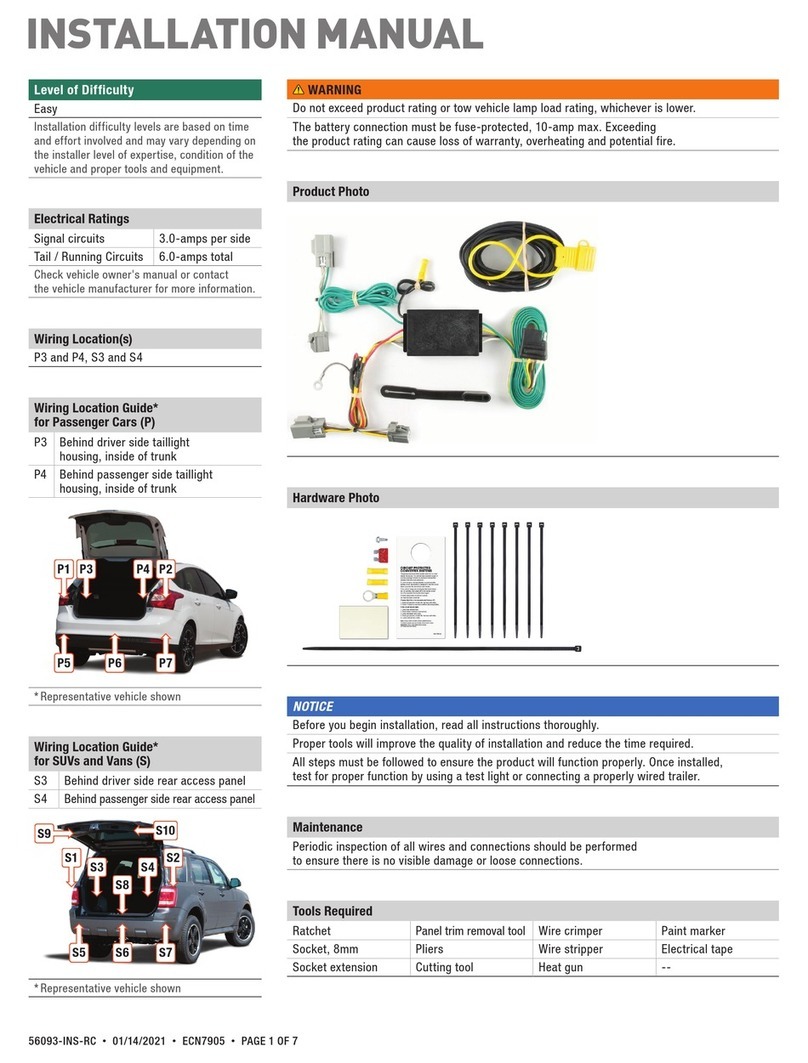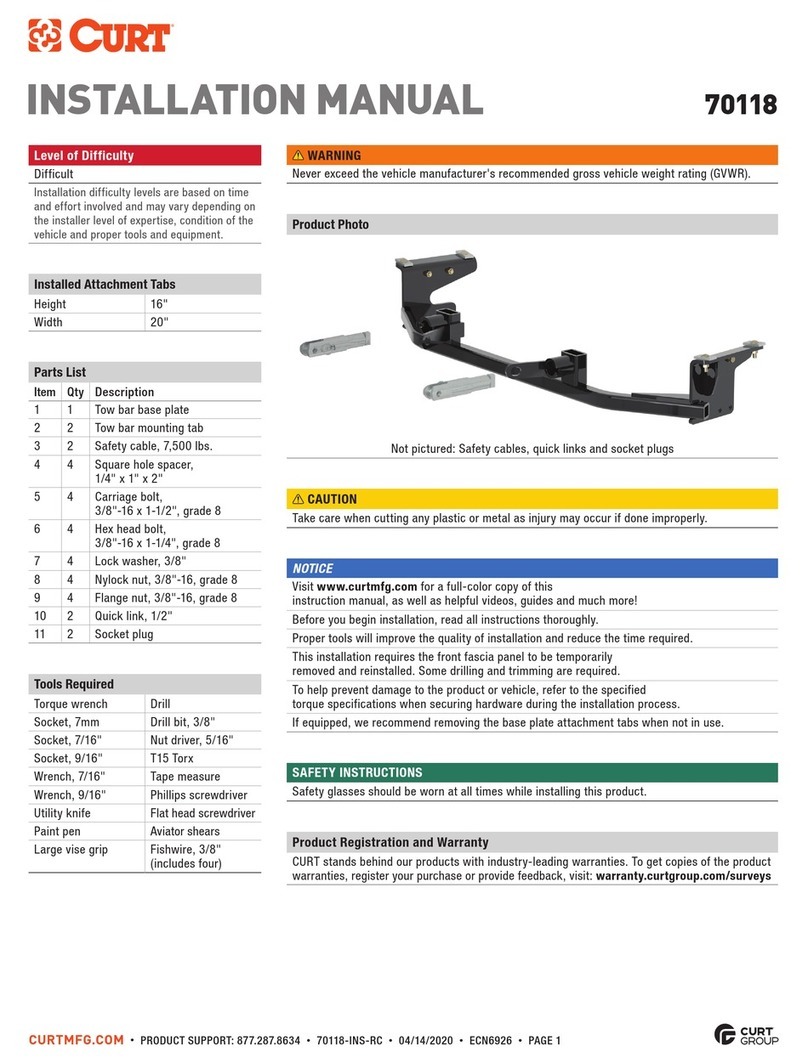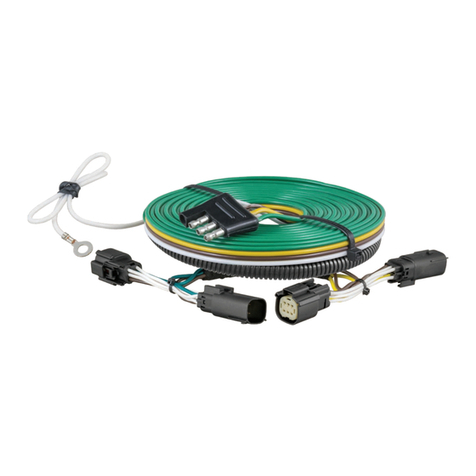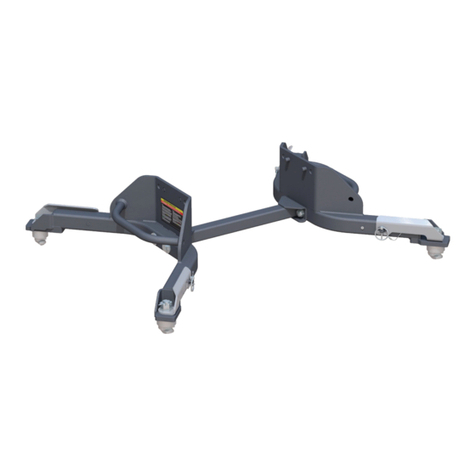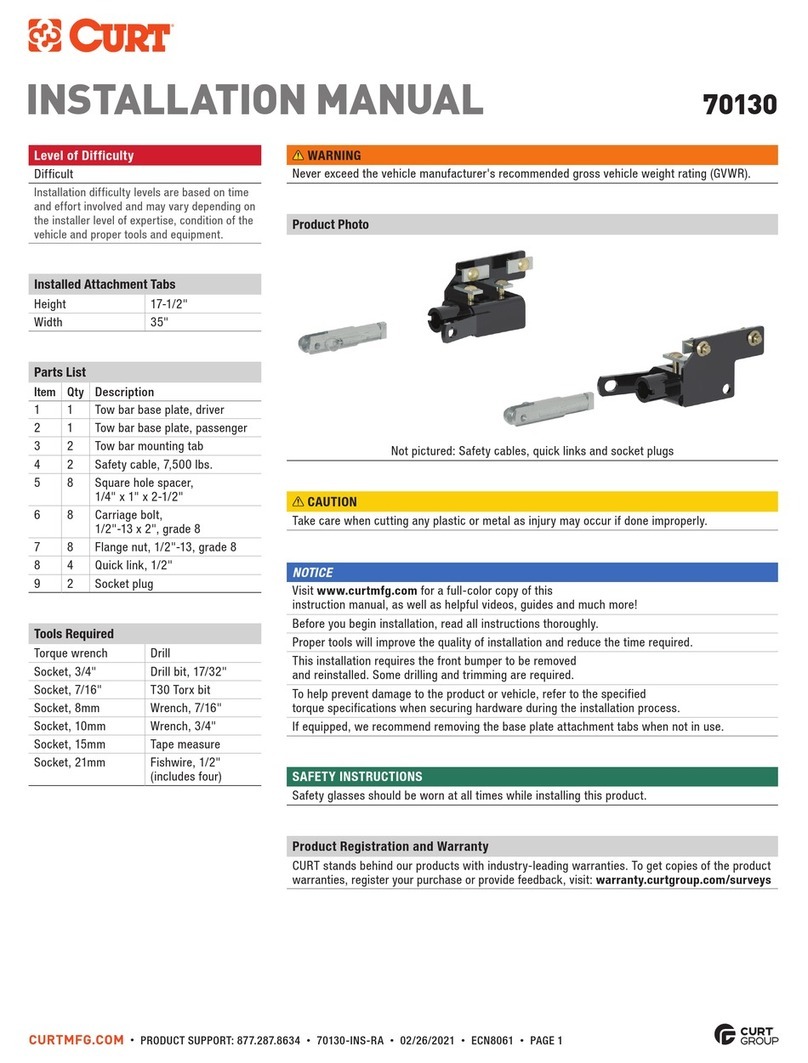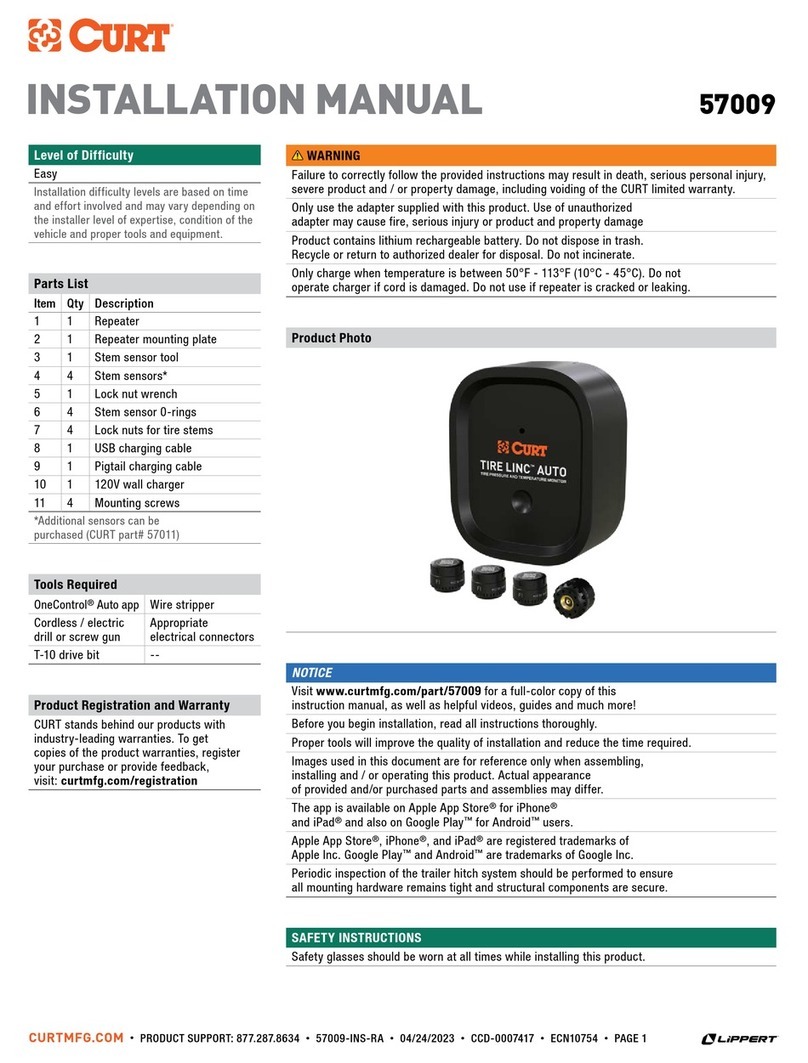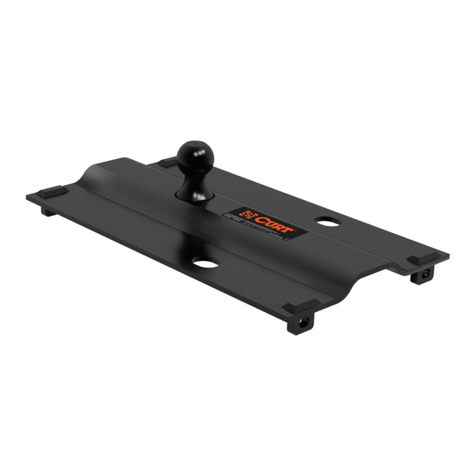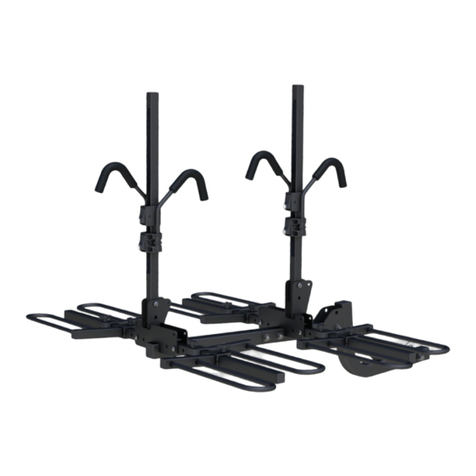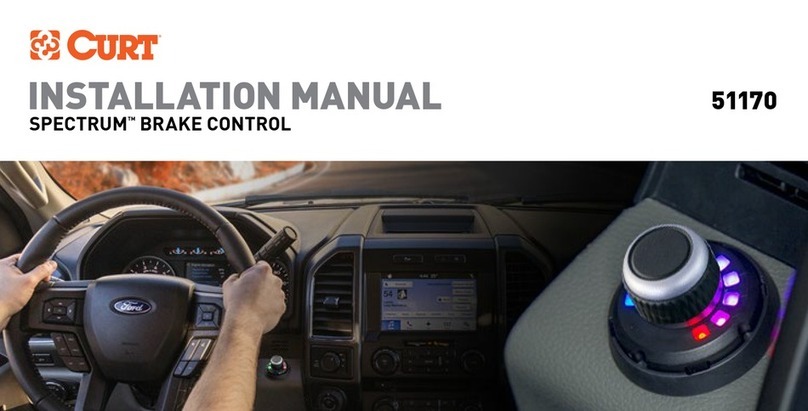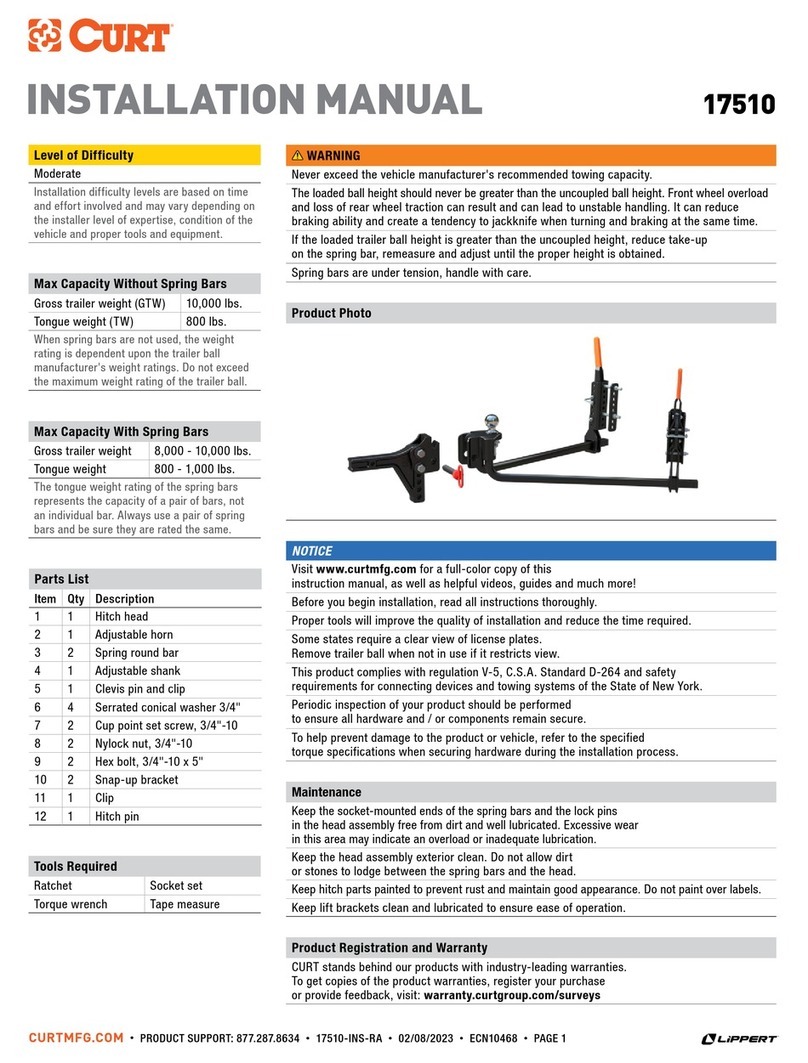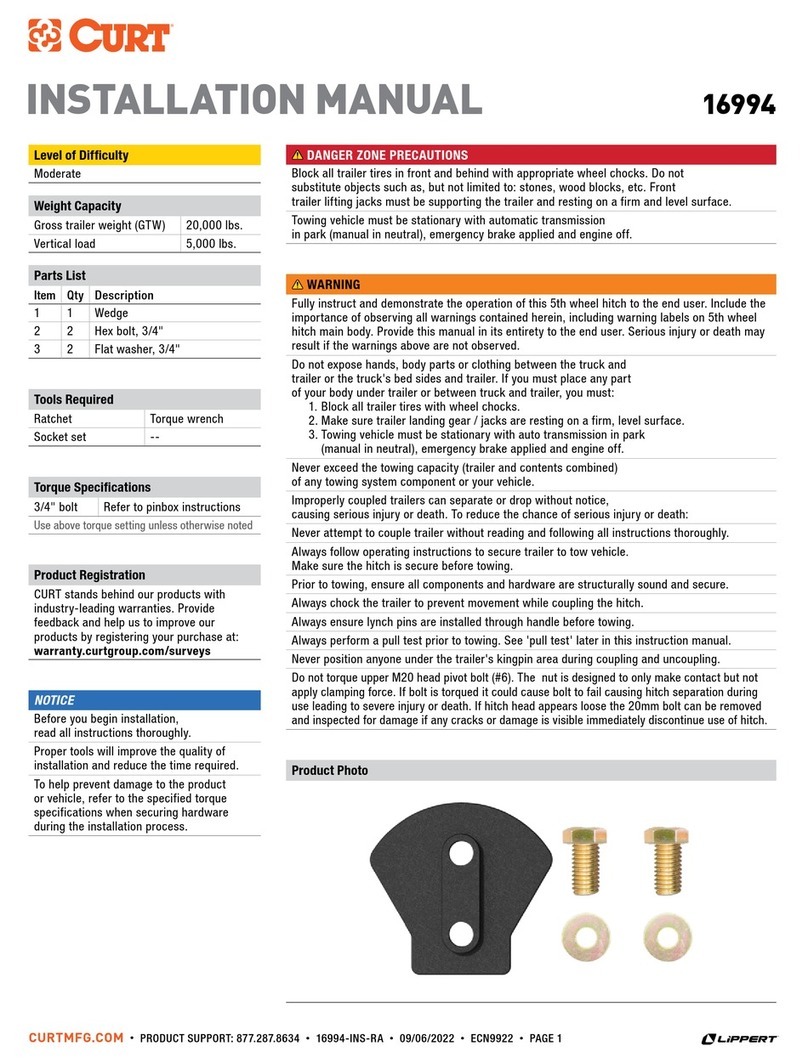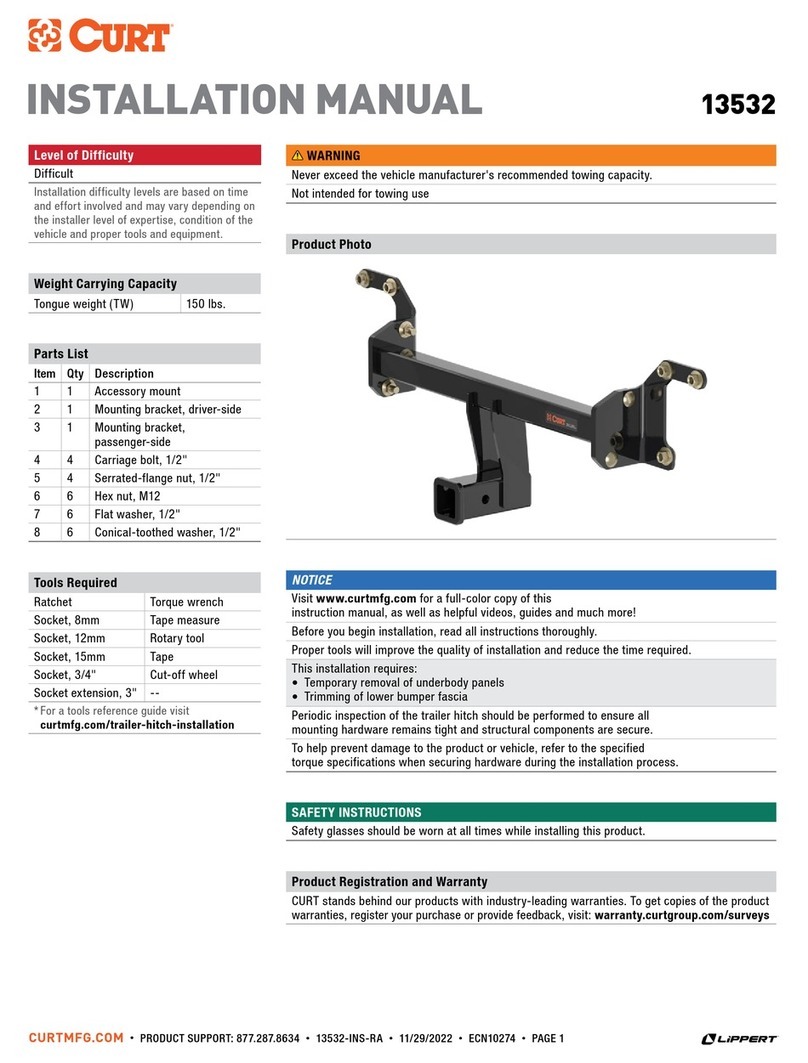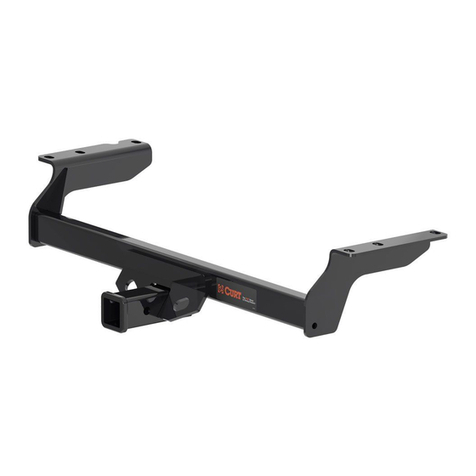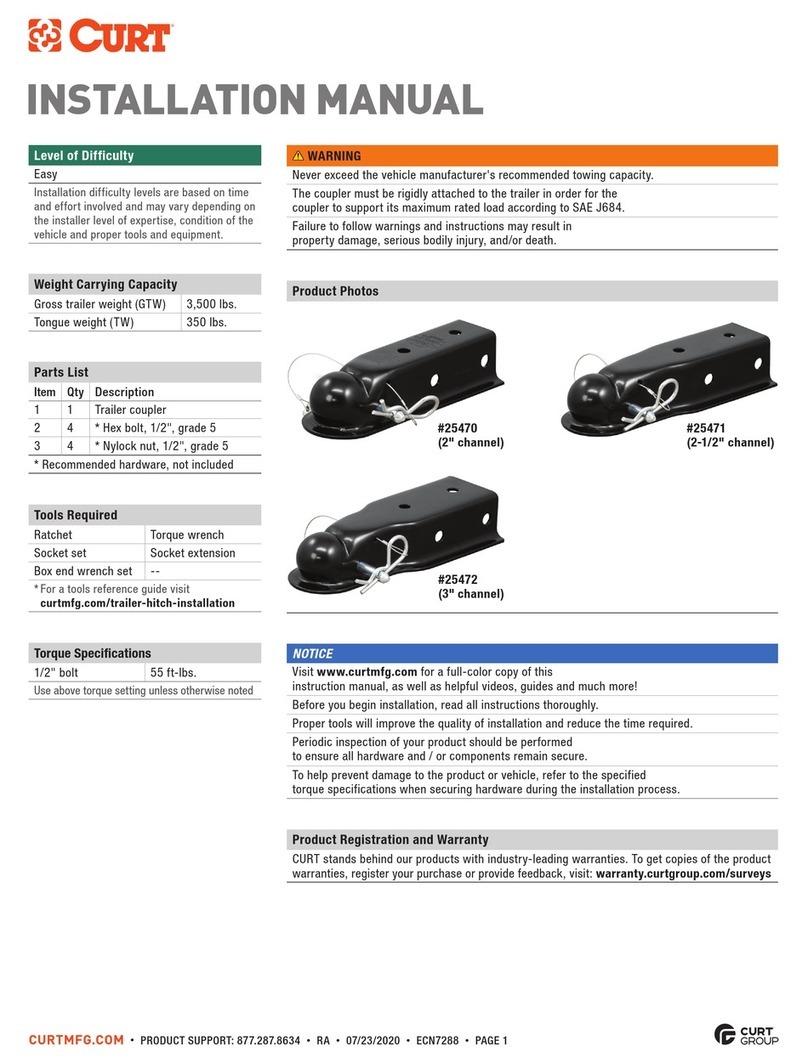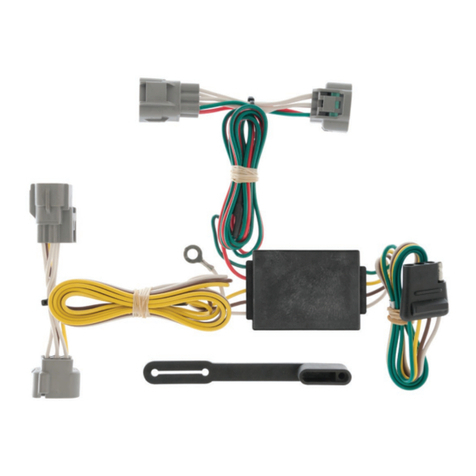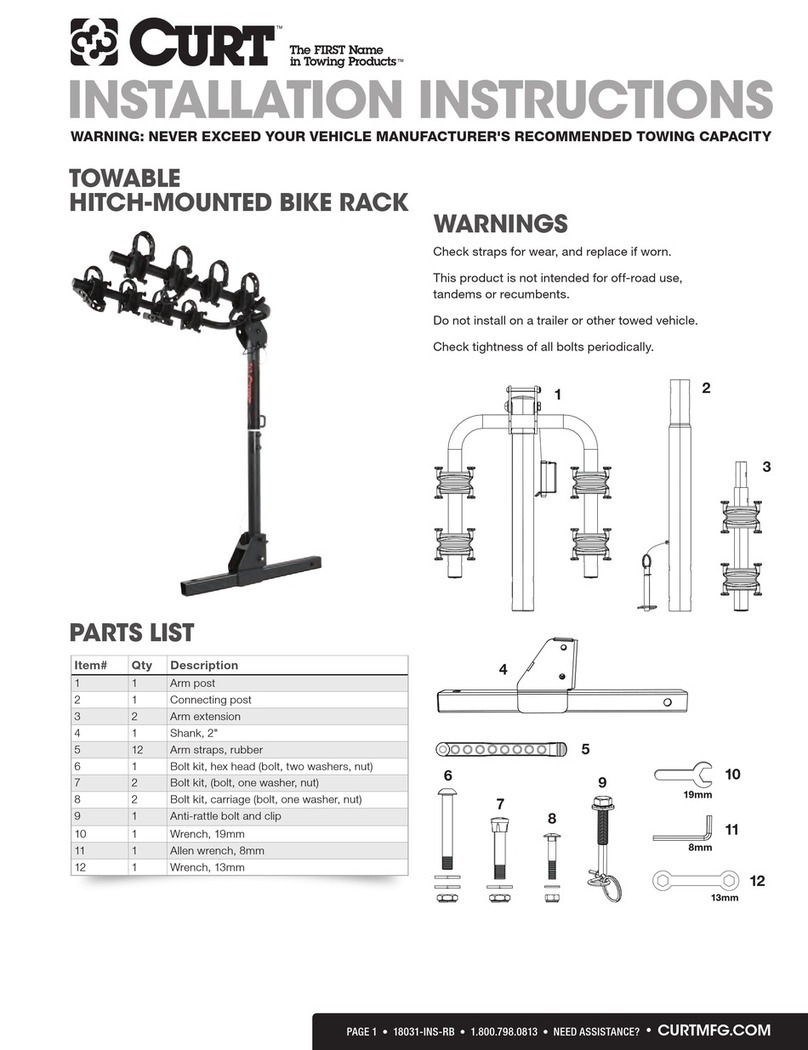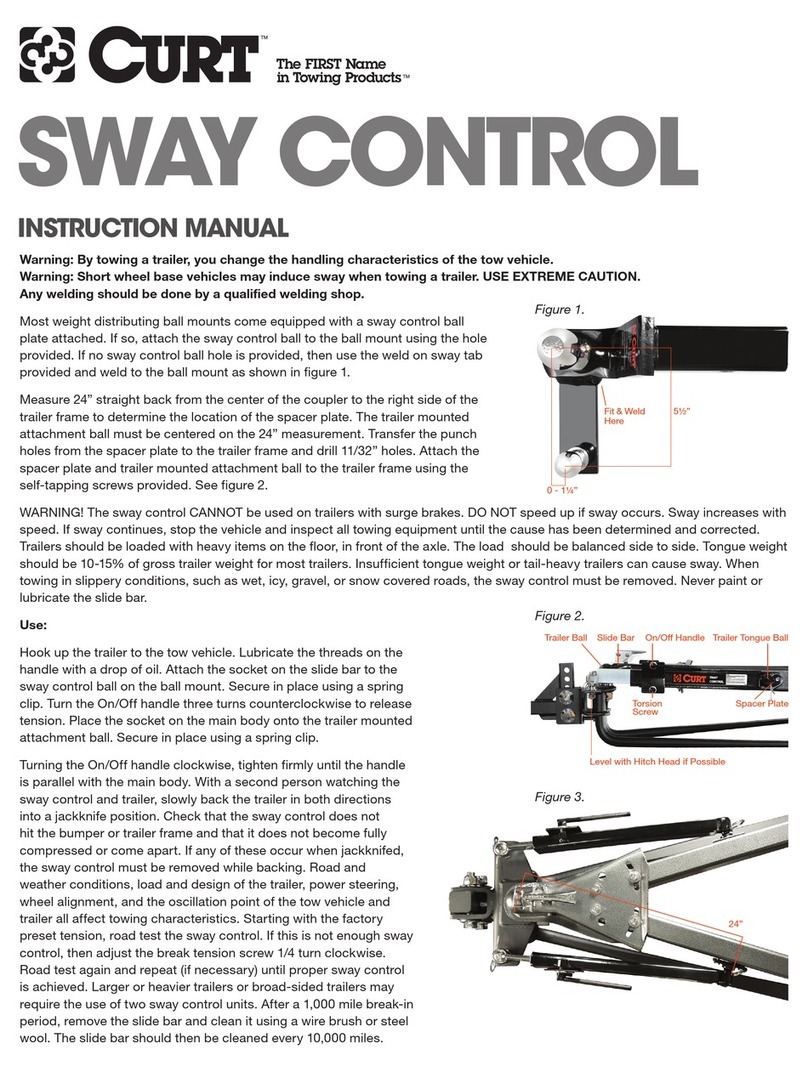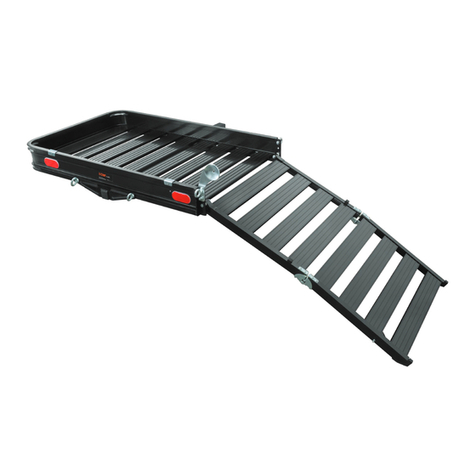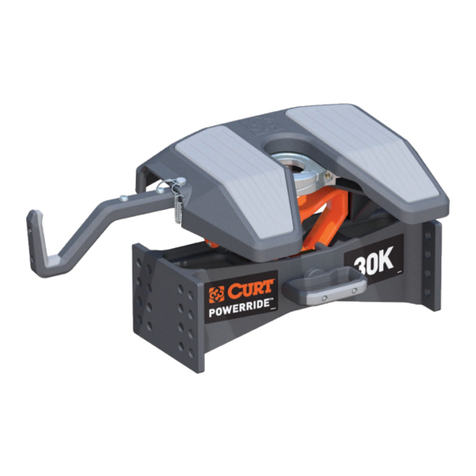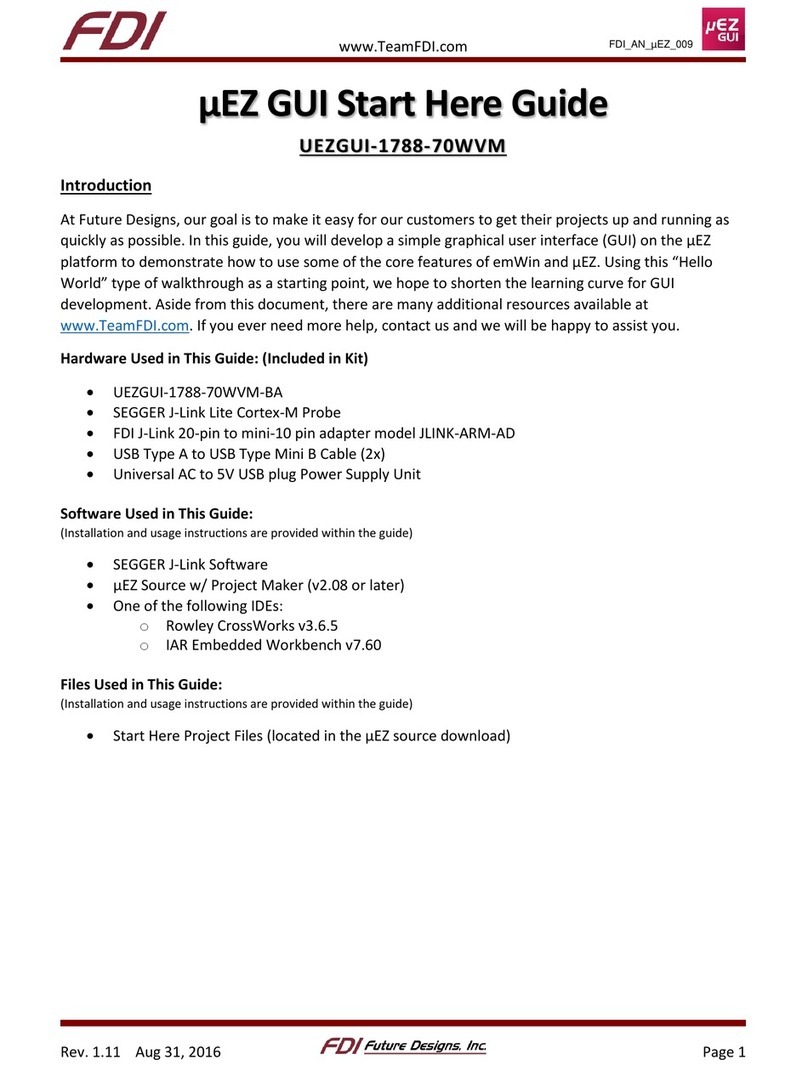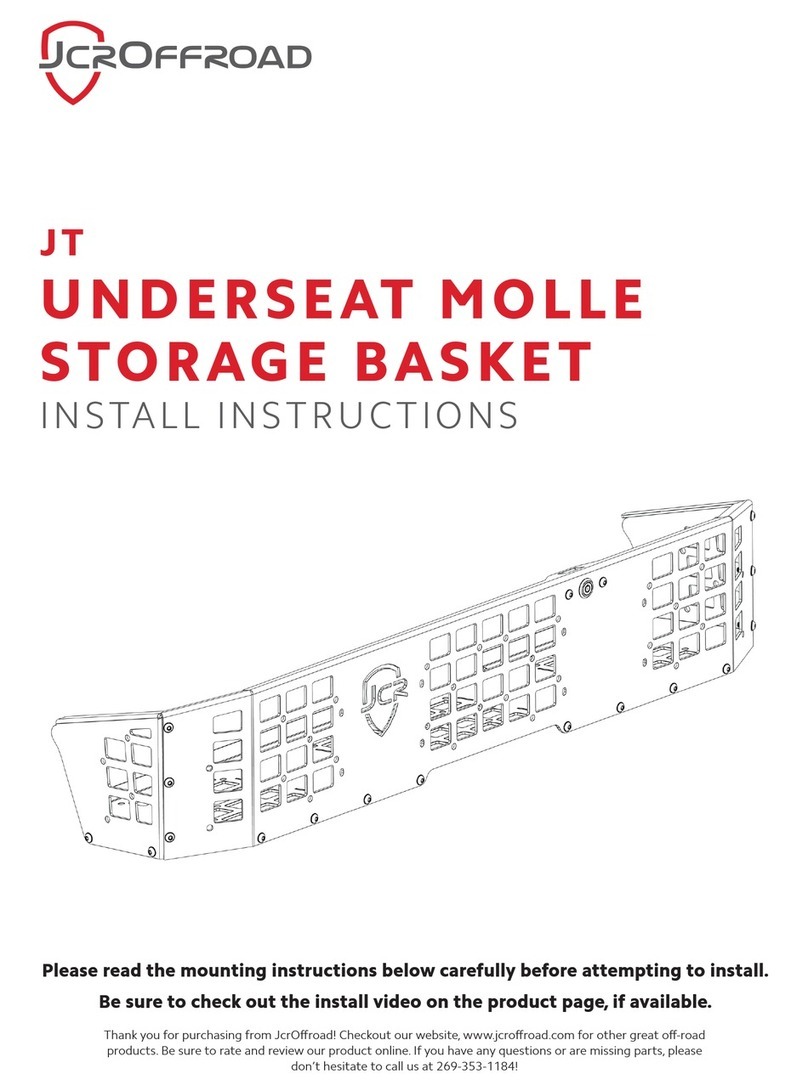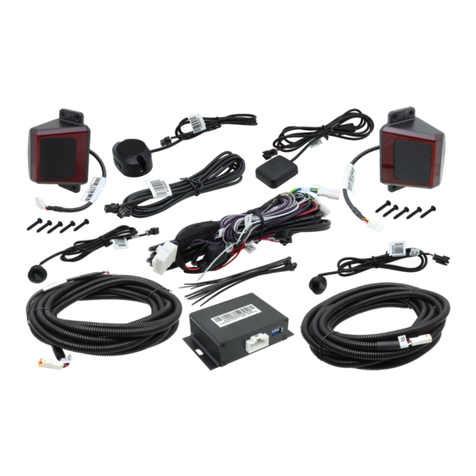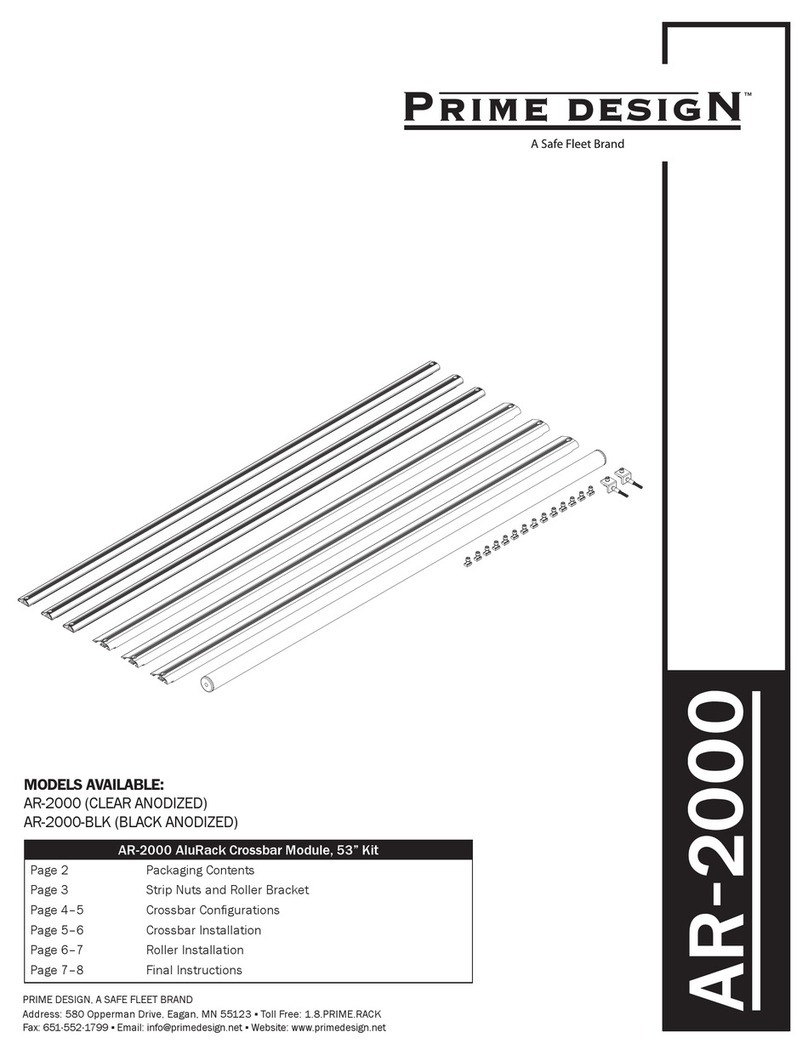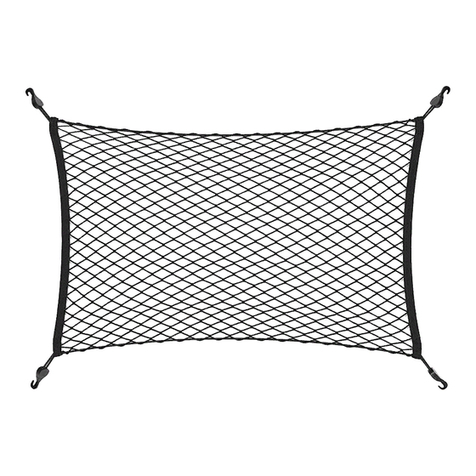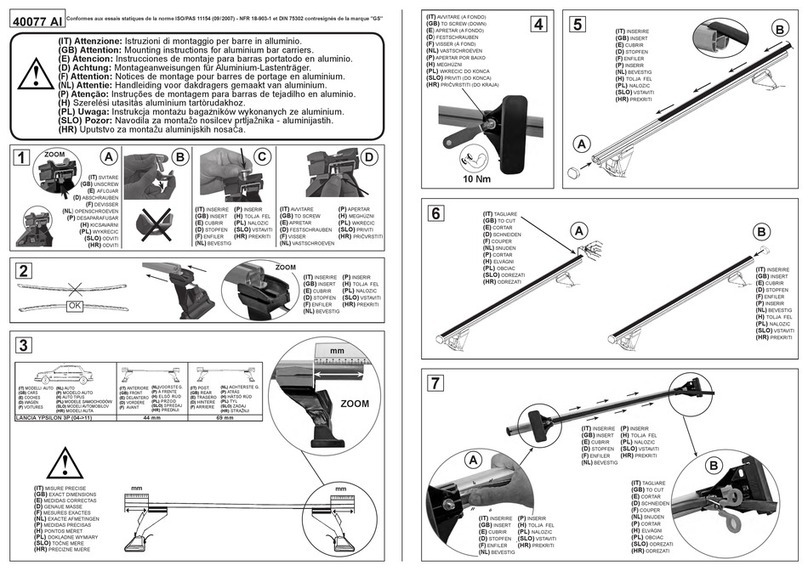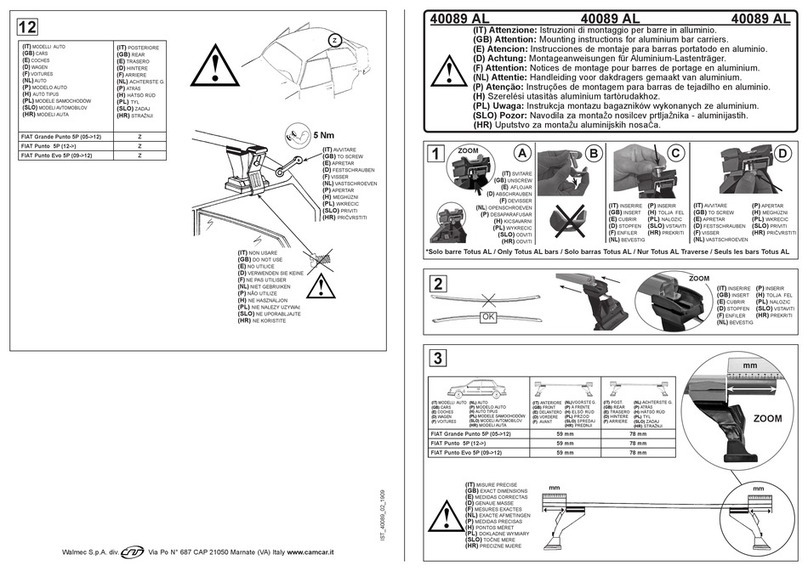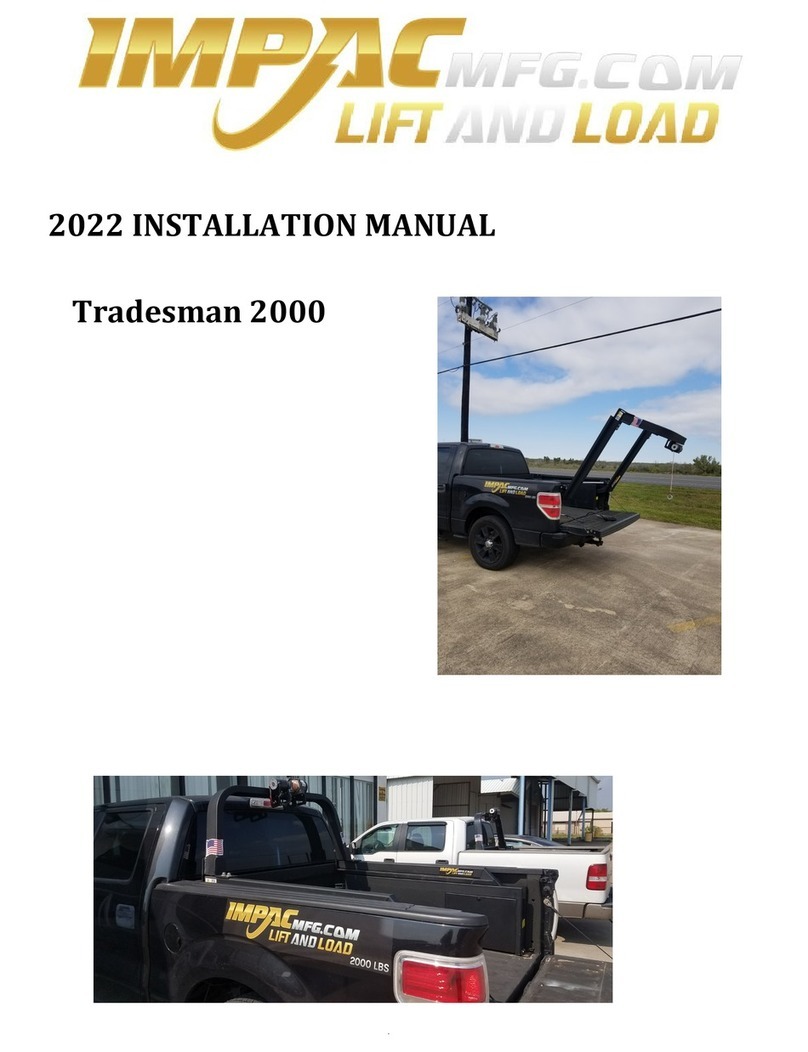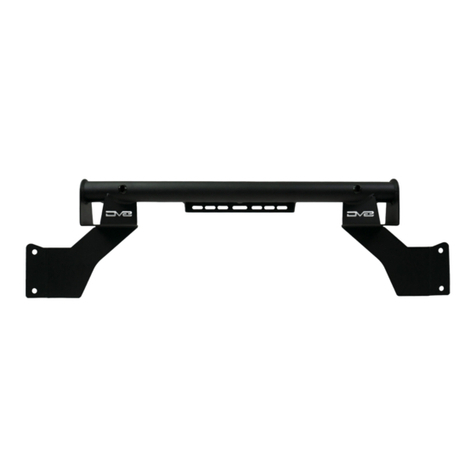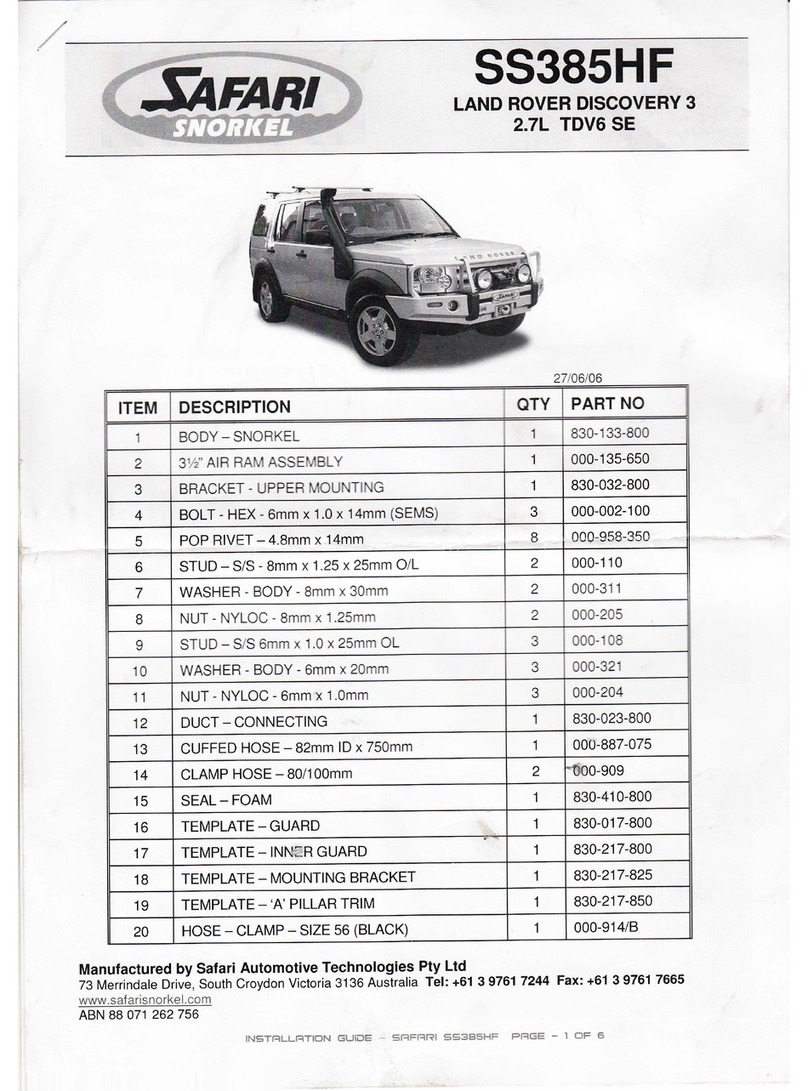
CURTMFG.COM •PRODUCT SUPPORT: 877.287.8634 •17601-INS-RB •09/23/2021 •ECN8903 •PAGE 1
Product Registration and Warranty
CURT stands behind our products with industry-leading warranties.
To get copies of the product warranties, register your purchase
or provide feedback, visit: warranty.curtgroup.com/surveys
Max Capacity Without Spring Bars
Gross trailer weight (GTW) 10,000 lbs.
Tongue weight (TW) 800 lbs.
When spring bars are not used, the weight
rating is dependent upon the trailer ball
manufacturer's weight ratings. Do not exceed
the maximum weight rating of the trailer ball.
Max Capacity With Spring Bars
Gross trailer weight 8,000 - 10,000 lbs.
Tongue weight 800 - 1,000 lbs.
The tongue weight rating of the spring bars
represents the capacity of a pair of bars, not
an individual bar. Always use a pair of spring
bars and be sure they are rated the same.
INSTALLATION MANUAL 17601
Tools Required
Ratchet Socket set
Torque wrench Tape measure
Level of Difficulty
Moderate
Installation difficulty levels are based on time
and effort involved and may vary depending on
the installer level of expertise, condition of the
vehicle and proper tools and equipment.
NOTICE
Visit www.curtmfg.com for a full-color copy of this
instruction manual, as well as helpful videos, guides and much more!
Before you begin installation, read all instructions thoroughly.
Proper tools will improve the quality of installation and reduce the time required.
Some states require a clear view of license plates.
Remove trailer ball when not in use if it restricts view.
This product complies with regulation V-5, C.S.A. Standard D-264 and safety
requirements for connecting devices and towing systems of the State of New York.
Periodic inspection of your product should be performed
to ensure all hardware and / or components remain secure.
To help prevent damage to the product or vehicle, refer to the specified
torque specifications when securing hardware during the installation process.
WARNING
Never exceed the vehicle manufacturer's recommended towing capacity.
The loaded ball height should never be greater than the uncoupled ball height. Front wheel overload
and loss of rear wheel traction can result and can lead to unstable handling. It can reduce
braking ability and create a tendency to jackknife when turning and braking at the same time.
If the loaded trailer ball height is greater than the uncoupled height, reduce take-up
on the spring bar, remeasure and adjust until the proper height is obtained.
Maintenance
Keep the socket-mounted ends of the spring bars and the lock pins
in the head assembly free from dirt and well lubricated. Excessive wear
in this area may indicate an overload or inadequate lubrication.
Keep the head assembly exterior clean. Do not allow dirt
or stones to lodge between the spring bars and the head.
Keep hitch parts painted to prevent rust and maintain good appearance. Do not paint over labels.
Keep lift brackets clean and lubricated to ensure ease of operation.
Parts List
Item Qty Description
1 1 Hitch head
2 2 Spring bar
3 2 Spring bar support bracket
4 1 Adjustable shank
5 1 Snap-up handle
6 1 Hitch pin & clip
7 1 Hitch ball, 2-5/16"
8 1 Lock washer, 1-1/4"
9 1 Hex nut, 1-1/4"-12
10 2Hex bolt, 3/4"-10 X 5"
11 4Serrated conical washer 3/4"
12 2Nylock nut, 3/4"-10
13 2Hex bolt, 5/8"-11 X 1-3/4"
14 2Square head bolt,
5/8"-11 X 1-3/4"
